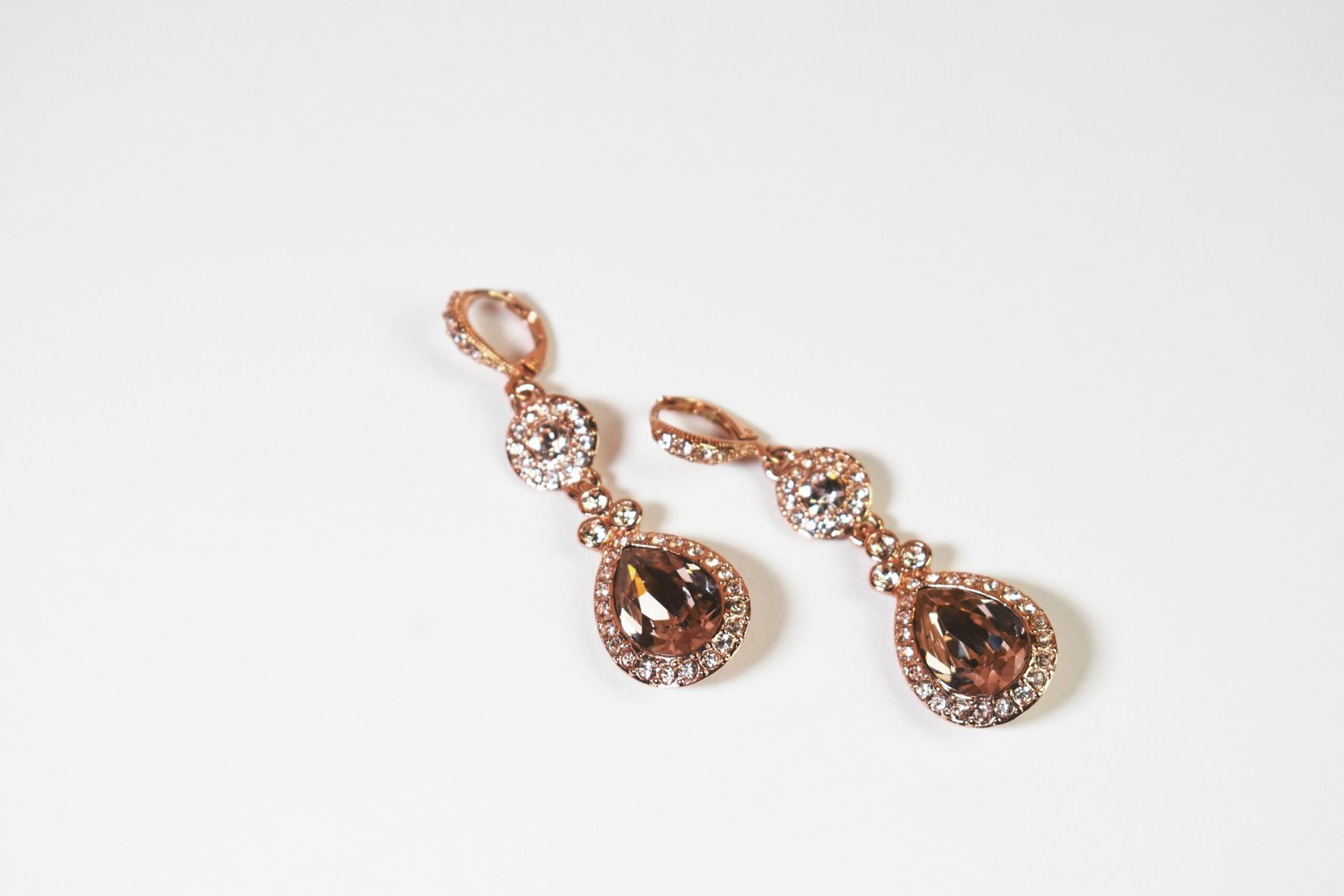The Importance of Jewelry in Indian Culture
India has a rich and vibrant tradition of jewelry that dates back thousands of years. Jewelry holds a special place in the hearts of Indians, not just for its beauty and craftsmanship, but also for its cultural and emotional significance. In Indian culture, jewelry is much more than just an accessory; it is a symbol of status, wealth, and tradition.
A Glittering History
The history of jewelry in India is as old as civilization itself. Archaeological excavations have revealed the existence of jewelry dating back to the Indus Valley Civilization, which flourished around 2500 BCE. These ancient pieces of jewelry were made from various materials such as gold, silver, copper, and precious stones like diamonds, rubies, and emeralds.
Over the centuries, Indian jewelry evolved and became more intricate and ornate. The Mughal Empire, which ruled India from the 16th to the 19th century, had a significant influence on Indian jewelry design. The Mughals brought with them a love for precious gemstones, intricate engravings, and delicate filigree work. This fusion of Indian and Mughal styles gave rise to the iconic jewelry designs that are still popular today.
Symbolism and Tradition
Jewelry plays a vital role in Indian weddings and other auspicious occasions. It is customary for Indian brides to wear elaborate sets of jewelry, including necklaces, earrings, bangles, and anklets. Each piece of jewelry holds a symbolic meaning and is believed to bring good luck and prosperity to the bride.
For example, the mangalsutra, a black and gold beaded necklace, is an essential part of a married woman’s jewelry. It symbolizes the bond of marriage and is believed to protect the husband’s well-being. Similarly, the toe rings worn by married women signify their marital status.
Jewelry is not just limited to women in Indian culture. Men also wear jewelry, albeit in a more understated manner. Men often wear gold chains, rings, and bracelets as a symbol of wealth and status.
A Reflection of Identity
In addition to its cultural significance, jewelry in India is also a reflection of personal identity. Different regions of India have their unique jewelry styles and designs, showcasing the diversity and richness of Indian culture.
For example, the state of Rajasthan is known for its vibrant and colorful jewelry, featuring intricate enamel work and precious gemstones. In contrast, the state of Kerala is famous for its temple jewelry, which is characterized by its intricate designs and use of gold.
Indian jewelry is not limited to traditional designs; it has also embraced contemporary styles. Modern Indian jewelry designers are blending traditional techniques with contemporary aesthetics to create unique and innovative pieces that appeal to a global audience.
The Future of Indian Jewelry
As India continues to embrace globalization, the jewelry industry is also evolving. Indian jewelers are now incorporating modern techniques and technology, such as 3D printing and CAD/CAM, to create intricate designs with precision.
Furthermore, there is a growing demand for sustainable and ethically sourced jewelry. Indian jewelers are increasingly using recycled metals and responsibly sourced gemstones to meet this demand.
Despite these changes, the cultural and emotional significance of jewelry in Indian society remains unchanged. Jewelry will continue to be an integral part of Indian celebrations, rituals, and everyday life, symbolizing tradition, identity, and beauty.


